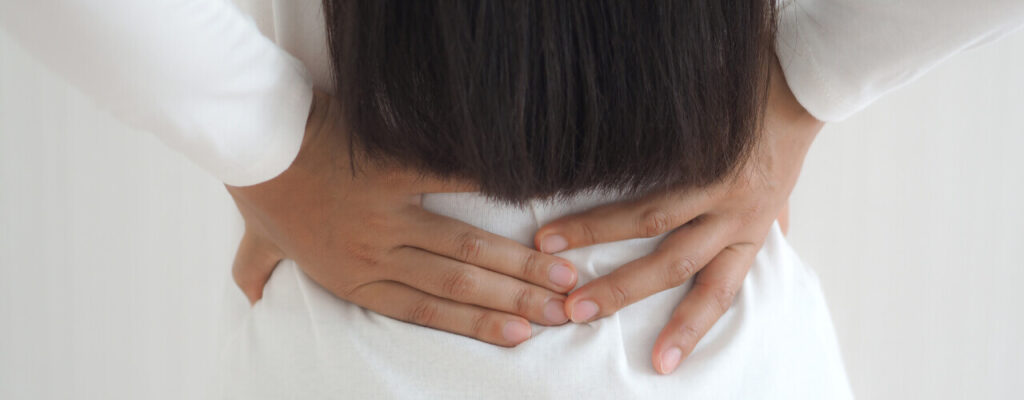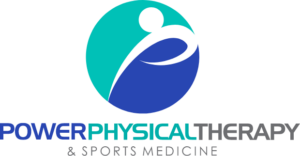Back Pain Could be Caused by a Herniated Disc – Physical Therapy Can Help You Find Relief

Discover if Your Pain is Caused by a Herniated Disc
A common cause of back pain is herniated discs – but physical therapy can help. It is estimated that 60% to 80% of people will experience some type of lower back pain during their lifetime.
According to The National Institute of Health, “The highest prevalence [of herniated disc cases] is among people aged 30-50 years, with a male to female ratio of 2:1. There is little evidence to suggest that drug treatments are effective in treating herniated discs.”
This is especially important because so many people try to lean on medication for relief, creating other health problems for themselves.
Do you ever find yourself complaining of lower back pain that just won’t quit? You might have a herniated disc.
Herniated discs can occur anywhere along the spine, but the lower back area is the spot most commonly affected. Back pain can be caused by tons of different medical conditions, but in many cases, it is the result of a herniated disc.
There are many other names used in reference to a herniated disc, such as a “bulging disc” and “ruptured disc.”
Regardless of the name, the treatment for this painful condition is the same, and physical therapy can help. Patients of all ages can receive relief and learn pain management techniques with regular visits to a physical therapist!
How will physical therapy relieve herniated discs?
Physical therapy is a totally safe, effective, non-invasive pain treatment option. It is designed to help patients of all ages heal from their injuries or age-related ailments.
Our skilled physical therapist will use targeted therapy treatments to reduce and relieve back pain and inflammation, improve blood flow, and restore your range of motion.
Physical therapists are professionally trained to evaluate your condition and provide the correct exercises to meet your needs.
Most of the exercises they will teach you can be done on your own at home as well, so you can continue treatment outside of appointments.
Common symptoms of herniated discs
Symptoms associated with a herniated disc may vary depending on where the injured disc is located on your spine.
Some of the more common symptoms you may experience include:
- Burning, numbness, or tingling in the back, buttock, legs, and/or feet
- Pain that intensifies when sitting, coughing, sneezing, or bending
- Pain when bending or twisting
- Weakness in the legs
There is a solution to your problem that doesn’t involve expensive surgeries or addictive medications.
If you think you may have a herniated disc or other back pain issues, physical therapy can help!
We recommend scheduling a consultation with our physical therapist as soon as possible.
Understanding the sciatic nerve
If you happen to have a herniated disc, you can develop a condition called sciatica. Herniated discs in the lower back become as painful as they do because of the added pressure they apply to the sciatic nerve.
The sciatic nerve is made up of multiple spinal nerve branches traveling from the spine, down into the leg.
If the sciatic nerve becomes pinched because of extra pressure, you will feel intense, uncomfortable pain radiating from the buttocks area, down along the back of the leg, and into the shin and foot.
The good news is physical therapy can work to reduce the pain caused by the condition! When you’re younger, your spinal discs are made up of almost 80 percent water.
As you get older though, the water content lowers. This causes the discs to become less flexible, and increases the risk of tears or other issues.
Some of the other common reasons for herniated discs include:
- Repetitive twisting movements (workplace or sport injuries)
- Traumatic injuries
- Excessive body weight or obesity
- Impact sports
- Heavy lifting, or lifting things incorrectly
What’s the cause of my herniated disc?
Spinal discs are work kind of like shock absorbers. They are soft and rubbery pads located between the bony vertebrae that help make up the spine.
Spinal discs are made of a thick outer ring of cartilage and an inner gel-like material. They work to allow our backs to easily bend.
The spinal column also helps to protect the fragile nerves and your spinal cord. If the cartilage in your spinal disc is damaged or develops a defect, the gel-like substance can break through.
This herniation will result in added pressure on the nerves. The result is intense pain in your lower back. Even small amounts of pressure on your spinal nerves can cause numbness, weakness, and pain.
Contact us today for effective pain relief!
Ready to find relief for your back pain? We know that living with back pain is no easy task, but you don’t have to manage it on your own.
Be sure to contact our office today to learn more about how our knowledgeable physical therapists can assess your current condition, and create a customized treatment plan specific to your needs.
We’ll have you doing the things you love again, pain-free, in no time at all!
